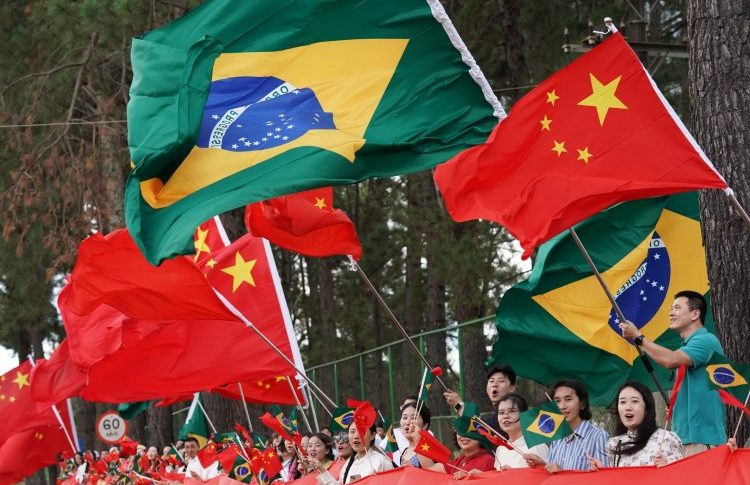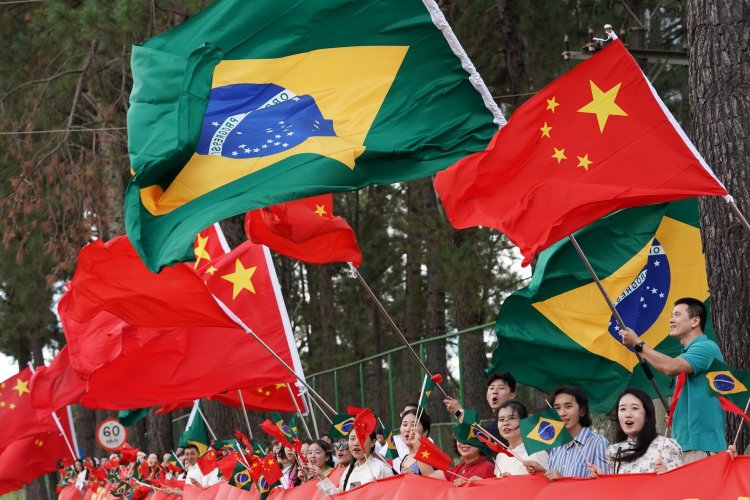China Expands Influence Through Strategic Projects in Latin America
By the end of 2024, no country in the region will be without Chinese state or corporate presence.

Over the past two decades, China has emerged as a key player in Latin America’s economy, solidifying its position through strategic investments in infrastructure, trade, and financing.

At a time when the United States, Latin America’s main trading partner, has distanced itself, Beijing has made significant strides, strengthening its presence in critical sectors such as energy, transportation, communications, and more.
For years, Argentina, Ecuador, and Venezuela were central to China’s strategy, especially given their limited access to global capital markets. In fact, since 2005, Chinese state-owned banks have provided over $136 billion in loans, which have been crucial for strategic projects.
At the same time, trade has been on the rise. In 2022, trade surpassed $485 billion, with Brazil, Chile, and Peru standing out for their strong exports of commodities, including minerals like copper and agricultural products like soybeans.
By the end of 2024, no country in the region will be without Chinese state or corporate presence, and agreements to develop infrastructure are only increasing.
In Panama, Chinese companies have invested in the modernization of key ports such as the Port of Colón, critical for global maritime trade.
In Brazil, China Merchants Port operates in the Port of Paranaguá, one of the world’s largest grain export ports.
Influence by Country
In Argentina, Beijing is involved in the modernization of the Belgrano Cargas Railway, vital for transporting agricultural products from the interior to ports.
In Peru, the most recent project is the Chancay megaport, which received a $3 billion investment from Cosco Shipping Ports and is becoming the most important logistics hub in the Asia-Pacific region.
Beijing also has plans for the Terminal de las Américas in Corío, while already managing the electricity distribution in Lima through two companies: China Southern Power Grid and China Three Gorges Corporation.
In Chile, China plays a major role in lithium production, with investments in mines and refineries crucial for the global energy transition.
And in Ecuador, it has financed hydroelectric plants like Coca Codo Sinclair, which generates 30% of the country’s electricity.
- Check out our free forex signals
- Follow the top economic events on FX Leaders economic calendar
- Trade better, discover more Forex Trading Strategies
- Open a FREE Trading Account